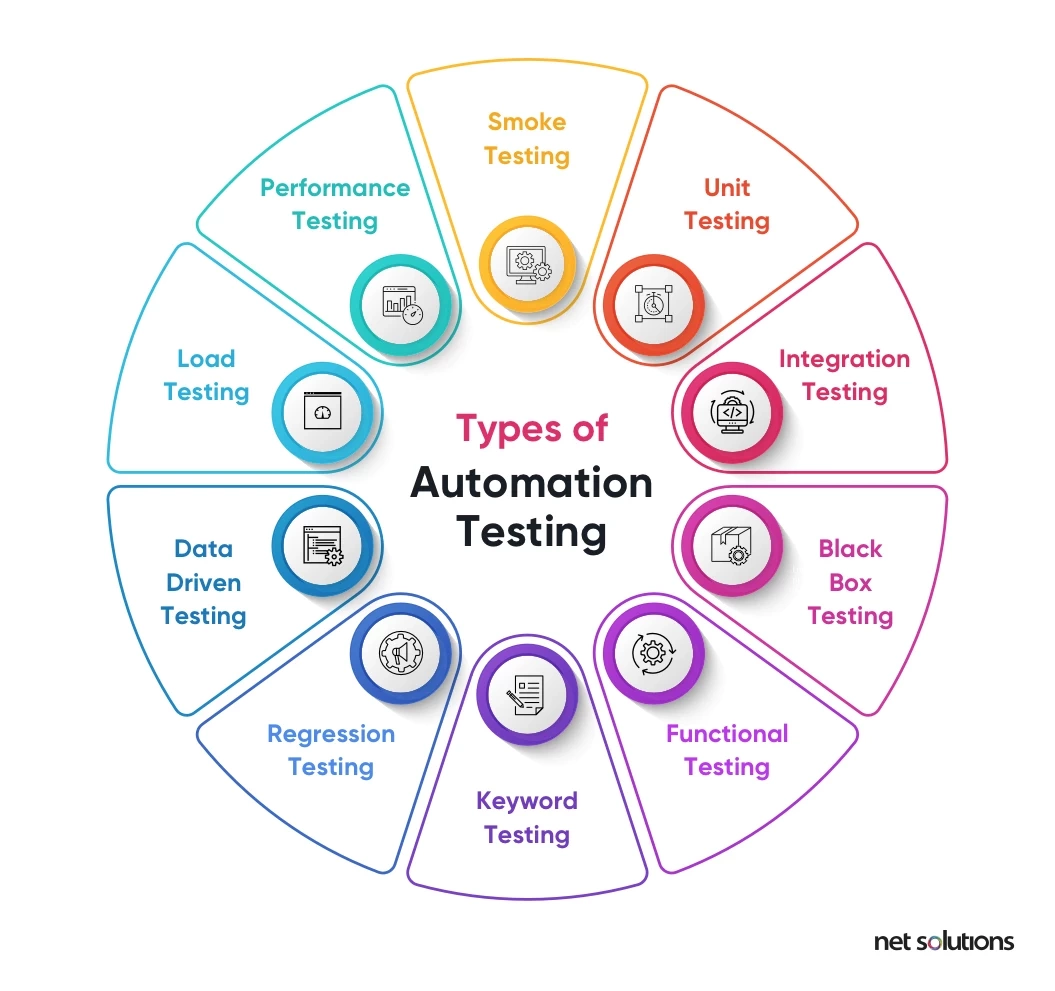How Automation Testing Transforms Quality Assurance Processes
How Automation Testing Transforms Quality Assurance Processes
Blog Article
From Guidebook to Automated Screening: A Comprehensive Guide to Transitioning Smoothly and Successfully
In the world of software screening, the shift from handbook to automated processes has become a progressively important change for companies looking for to improve effectiveness and accuracy in their testing techniques. As modern technology remains to development, the requirement for effective and seamless computerized screening techniques has never been more pressing. The journey from manual to automated testing is not without its challenges, but when approached strategically and with a clear strategy in mind, the advantages can be substantial - automation testing. In this comprehensive overview, we will explore key actions and considerations vital for a successful change, from the preliminary selection of devices to the integration of automation right into existing process. Stay tuned to reveal the insights that will certainly assist pave the way for a smoother and extra efficient screening procedure.
Advantages of Automated Evaluating
Automated screening provides countless advantages, improving performance and accuracy in software application growth processes. One primary advantage is the significant reduction in screening time. Automated examinations can be run concurrently on numerous devices and running systems, significantly quickening the testing stage compared to hands-on screening. This raised efficiency enables faster responses on the quality of the software, allowing developers to determine and resolve issues immediately.
Additionally, automated testing ensures a greater level of precision in spotting problems. Uniformity in testing is also boosted, as automated tests execute the very same steps precisely each time they are run.
Picking the Right Tools

To start with, assess your needs and purposes. Comprehend the range of your task, the modern technologies entailed, and the capability of your team. This analysis will help you determine the capabilities and features you call for in your screening devices.
Secondly, consider the compatibility of the devices with your existing procedures and systems. Seamless combination with your current software development lifecycle is vital to ensure a smooth change to automation.
Furthermore, examine the scalability and flexibility of the devices. As your testing requires progress, the tools need to have the ability to adjust and fit changes properly.
Finally, consider the assistance and neighborhood around the devices. When applying automated screening, robust support and an energetic customer area can provide important resources and aid. By meticulously considering these elements, you can pick the right tools that straighten with your requirements and set the phase for a successful shift to automated screening.
Creating Effective Examination Scripts
When crafting test manuscripts, it is vital to think about the details demands of the software application being examined and Learn More guarantee that the manuscripts deal with all essential performances. Descriptive and clear calling conventions for examination scripts and test instances can enhance readability and maintainability. Additionally, including error handling systems within the examination scripts can assist in recognizing and addressing problems without delay.
Additionally, arranging examination scripts into modular components can boost reusability and scalability, reducing redundancy and improving performance in examination script maintenance. Routine testimonials and updates to test scripts are vital to equal progressing software demands and capabilities. By adhering to these principles, testers can create efficient and durable examination manuscripts that add significantly to the success of automated testing processes.
Integrating Automation Into Workflows
By seamlessly incorporating automated testing devices like Selenium or Appium into the software application advancement lifecycle, groups can accomplish faster feedback on code changes, leading to quicker insect discovery and resolution. This combination permits for continuous screening throughout the development look at more info process, making certain that any type of problems are identified early on, resulting in greater software high quality. Correct integration of automation devices calls for collaboration in between development, testing, and procedures groups to establish a unified process that enhances performance and effectiveness in providing top quality software application items.
Guaranteeing a Smooth Shift
Efficiently transitioning to automated testing includes meticulous planning and mindful implementation to maximize and lessen disturbances efficiency in the software application growth procedure - automation testing. To ensure a smooth shift, it is vital to start by carrying out a comprehensive evaluation of the existing screening procedures and identifying areas where automation can bring the most significant benefits. Engaging with all stakeholders early at the same time, including developers, testers, and job supervisors, is essential for garnering support and buy-in for the automation initiative
Interaction is vital throughout this shift phase. Clear communication of the objectives, advantages, and assumptions of automated screening assists to handle any type of resistance or worries that might emerge. In addition, supplying appropriate training and resources for staff member to upskill in automation tools and techniques is vital for guaranteeing an effective change.

Verdict
Finally, transitioning from manual to automated testing offers various benefits, including enhanced effectiveness and dependability. By choosing the proper devices, creating efficient test manuscripts, and incorporating automation perfectly into workflows, organizations can ensure a effective and smooth shift. It is important to embrace automation as a beneficial property in software application testing procedures to improve total top quality and performance.
In the world of software program testing, the shift from handbook to automated procedures has come to be a significantly crucial shift for organizations looking for to improve effectiveness and accuracy in their screening methods. Automated tests can be run simultaneously on numerous gadgets and operating systems, considerably speeding up the testing phase contrasted to hands-on screening. Uniformity in testing is additionally enhanced, as automated tests carry out the exact same actions exactly each time they are run.To guarantee the effective application of selected screening tools, the production of efficient test manuscripts plays an essential function in confirming the performance and efficiency of automated processes - automation testing. By complying with these principles, testers can produce efficient and durable test scripts that add substantially to the success of automated testing processes
Report this page